Bottle Papers
Messages in bottles were once used for scientific research and there is a small collection in the National Meteorological Archive
These ‘Bottle Papers’ as they are more accurately known were used by the Admiralty and the Met Office to understand the direction and speed of currents in the worlds oceans.
The captain of a vessel was required to note the name of the vessel, the date, the latitude and longitude at which the bottle was thrown overboard, and the ports that the ship was travelling between. The messages were then folded or rolled up, sealed into a glass bottle and thrown into the sea, where they were carried by the currents until some eventually washed up on beaches around the world.
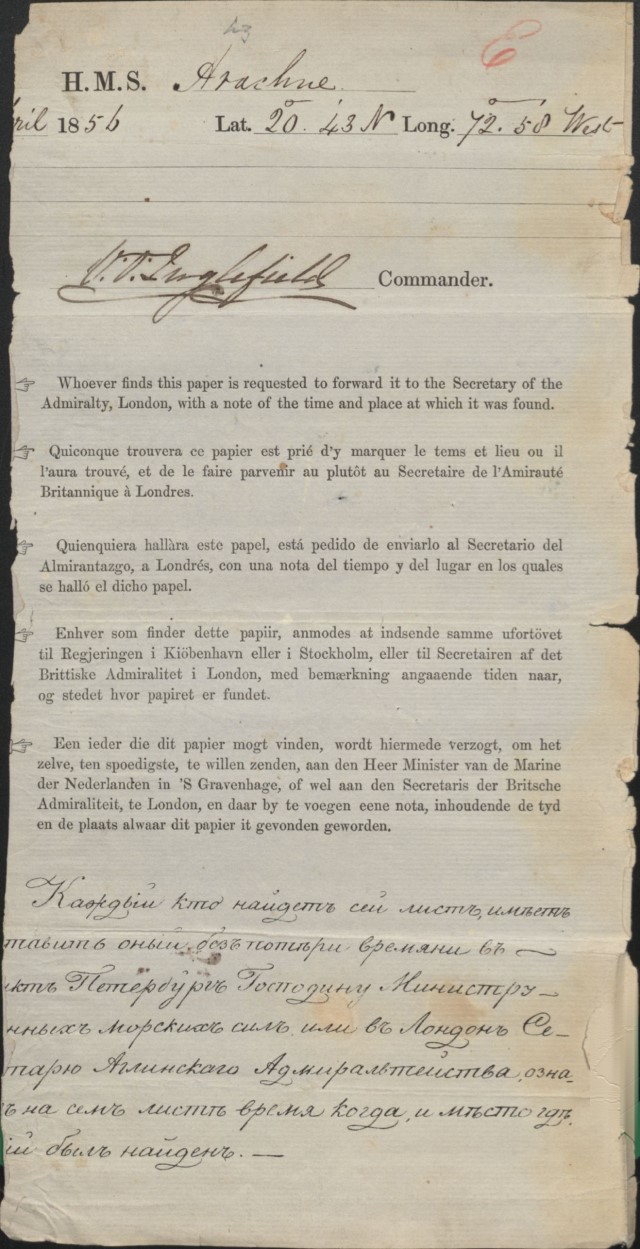
The finder would smash open the bottle and open the paper to find either pre-printed, or hand written instructions in the main languages of the world asking them to arrange for the message to be sent back to the Admiralty in the UK. Often the message was taken to the local governor or ambassador who would forward it to the UK noting where and when it was found.
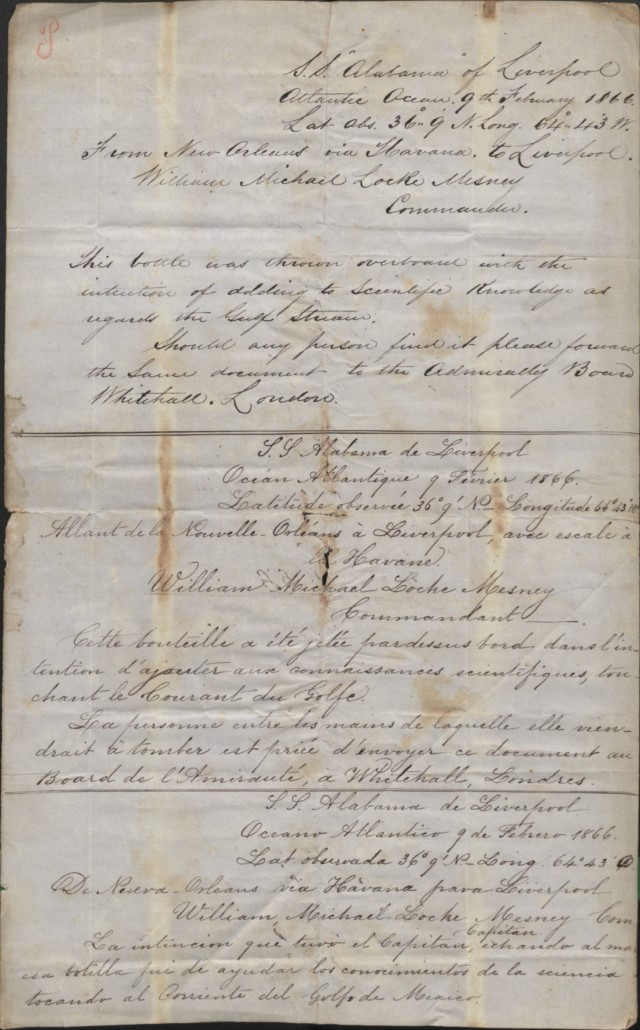
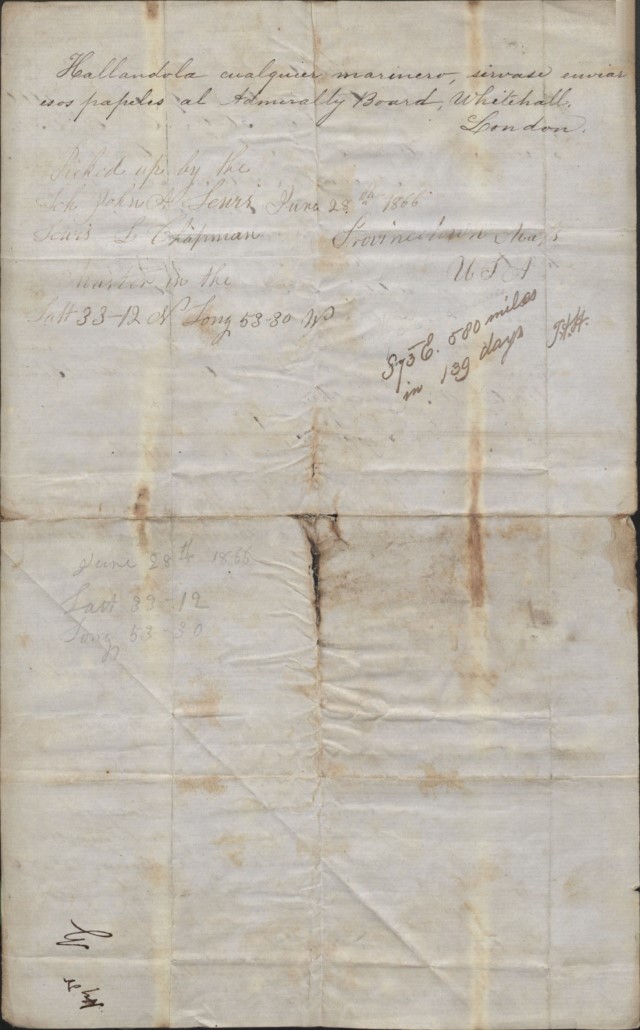
Back in the UK hydrographic and meteorological office staff would use the information to work out the direction of the current that had transported the bottle. They could also estimate its speed if the beach where it was found was visited regularly and thus the bottle was likely to have been discovered quickly.
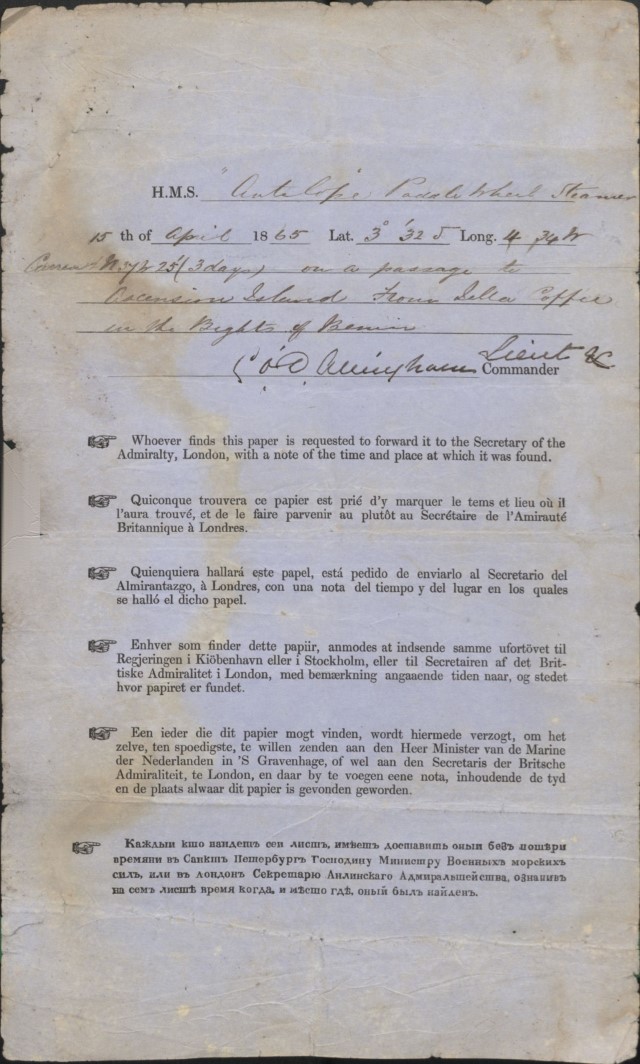
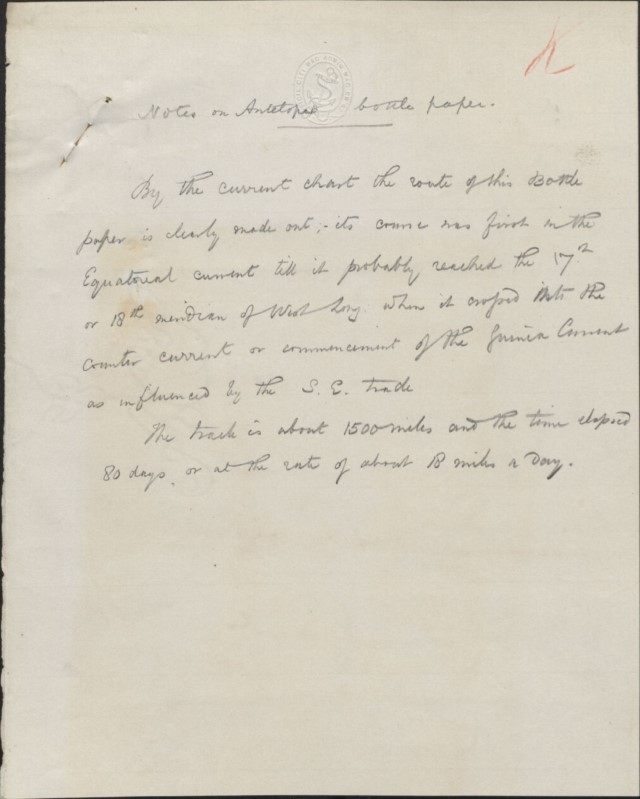
Not all messages were formal. This one, which was thrown into the Atlantic Ocean by the Captain of the ‘Evangeline’, refers to his crew as ‘the most infernally ordinary old shells that ever trod a plank’! He chose to remain anonymous but the Ships Meteorological Logs for the Evangeline are also held in the National Meteorological Archive and the handwriting matches that of Captain J Wolfe.
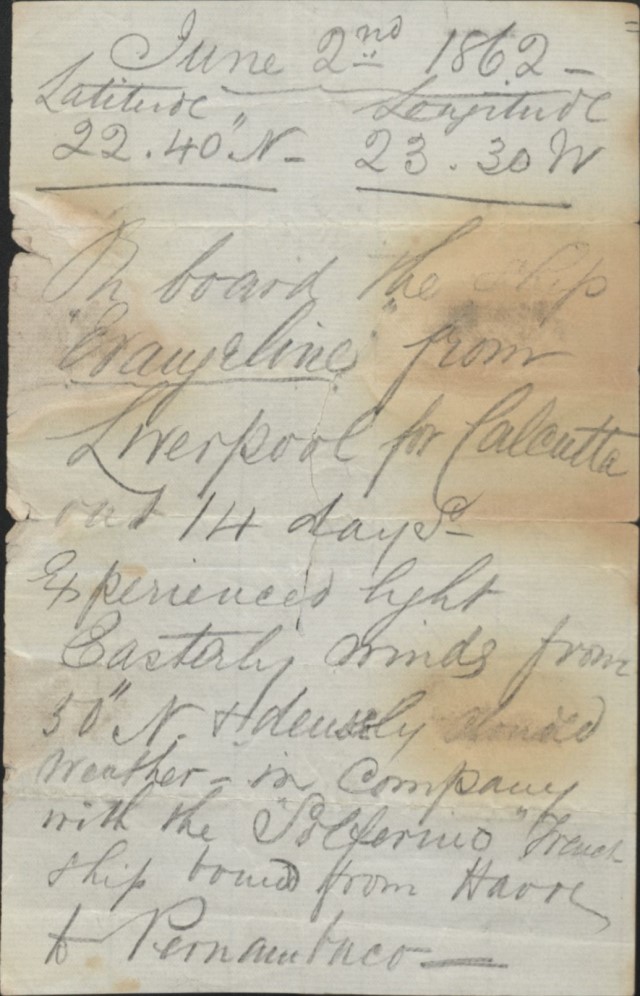
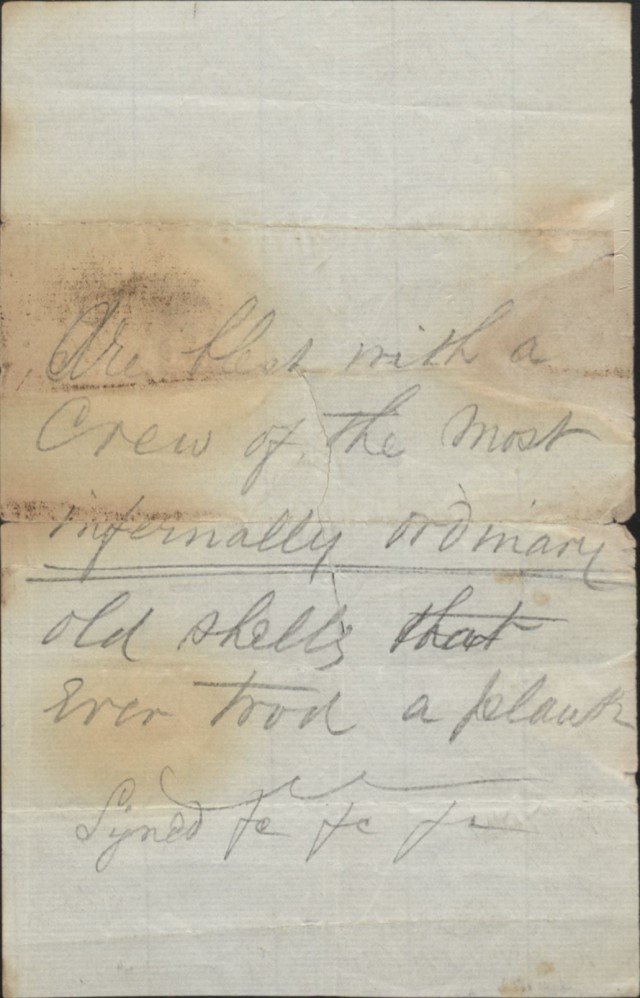
The information gathered from the bottle papers was used to help plot charts for mariners travelling around the world. These assisted them to seek out favourable currents and avoid those which might slow their passage. Captains were able to take up to 10 days off the duration of their voyage and this could sometimes help to dramatically increase the value of their cargo.






